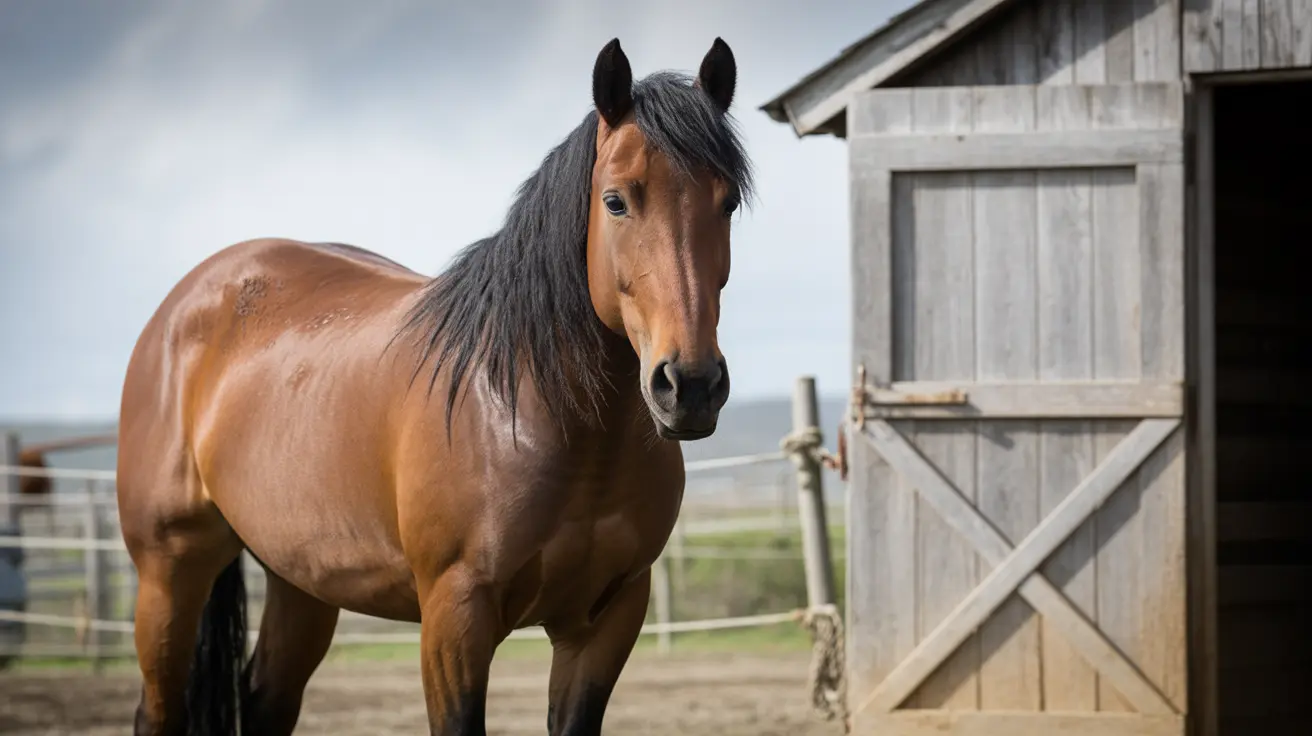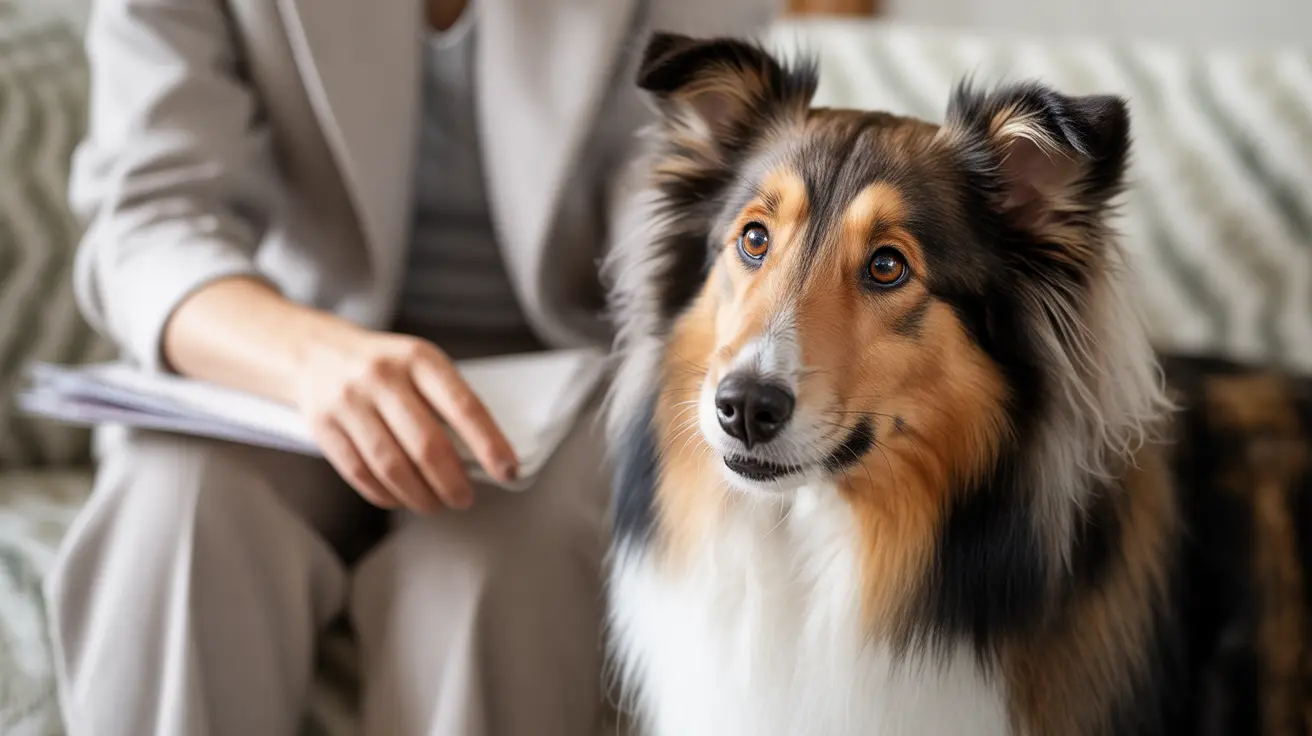Why Are Dogs Scared of the Dark?
Many pet owners notice signs of unease in their dogs once the lights go out—whining, pacing, or reluctance to enter dark rooms. While dogs have superior night vision to humans, fear of darkness can still arise due to a variety of psychological and physiological factors. Understanding why some dogs may be uncomfortable in the dark can help owners create a calming, secure environment for their furry companions.
Are Dogs Naturally Afraid of the Dark?
No, dogs are not born with a fear of darkness. In fact, because of their tapetum lucidum—a reflective layer behind the retina—and an abundance of rod cells, dogs can see fairly well in low-light conditions. However, in complete darkness, their vision is still limited. Fear associated with darkness usually stems from conditioning, health changes, or lack of exposure.
Common Causes of Fear in the Dark
- Negative past experiences: Dogs that have been startled or punished in the dark may associate low-light conditions with fear.
- Separation anxiety: Dogs struggling with being alone may feel more anxious when the home becomes quiet and dark at night, intensifying their loneliness and stress.
- Age-related decline: Older dogs may suffer from cognitive dysfunction, cataracts, or other vision issues, making darkness disorienting.
- Impaired senses: Although dogs rely heavily on smell and sound, poor lighting in unfamiliar spaces can increase stress during navigation, particularly for dogs with visual impairments.
- Amplified noises: At night, external sounds can seem louder to dogs—wind, animals, creaks—heightening their vigilance and fear.
- Routine disruption: Moving or other major changes can make dark spaces unfamiliar and stressful until the dog feels at home again.
- Lack of exposure: Young or newly adopted dogs may not be used to dark environments and need time and positive experiences to adapt.
- Trauma: Dogs with traumatic histories or those confined in dark places may develop lifelong fear associations.
- Breed sensitivity: Some breeds or individual dogs are more prone to anxiety and may be naturally more cautious or alert in the dark.
Signs Your Dog Is Afraid of the Dark
- Refusal to enter dark spaces
- Whining, barking, or pacing at night
- Clinging to people or trying to sleep near light sources
- Restlessness or hiding behavior
- Destructive behavior when lights are off
How to Help a Dog Cope With Darkness
- Install a nightlight: A low-level light can ease anxiety, especially for older or visually impaired dogs.
- Create a comforting space: Use your dog’s favorite bed, toys, or crate in a calm area to foster a sense of security.
- Use gradual exposure training: Introduce darker environments incrementally with treats and praise, building positive associations over time.
- Establish a routine: Calm nighttime rituals—like a short walk, gentle petting, or a favorite toy—can help your dog relax.
- Investigate noises: Eliminate or reduce unfamiliar sounds that might trigger reactive behaviors at night.
- Consult a vet: Ruling out vision problems, pain, or cognitive decline is essential in diagnosing fear-based behaviors properly.
- Try calming aids: Tools like anxiety wraps, pheromone diffusers, or vet-approved supplements may offer relief.
- Seek professional help: A qualified trainer or behaviorist can offer customized guidance using positive reinforcement methods.
- Practice patience: Never punish fear-based behavior. A calm, supportive presence helps dogs feel more secure.
- Address separation anxiety: Let your dog sleep near you or crate train with positive reinforcement to reduce feelings of isolation at night.
Conclusion
While an innate fear of the dark is rare in dogs, several underlying triggers—from past experiences to medical issues—can contribute to anxiety when lights go out. Recognizing the signs and implementing strategies to build comfort can significantly improve your dog's nightly well-being. With love, patience, and a structured approach, most dogs can learn to feel safe and calm, even in the dark.





